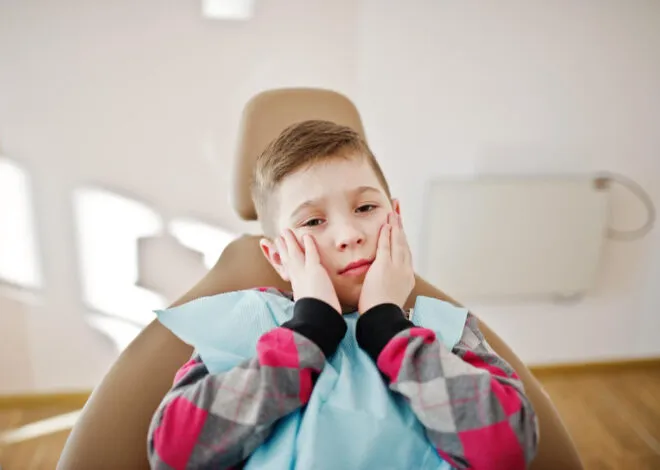If you have ever used a human touch massage chair, you know that it’s not even close to the real thing. There is something unquestionably powerful about the human touch. It’s not just about feeling skin against skin. The healing and comforting powers of the human touch have been known to humans for a long time. Many cultures have explored and used these mysterious powers to treat, heal and soothe for generations. Today the powers and benefits of the human touch are acknowledged by advocates of modern science as well. This article lists the various benefits of the human touch, as an effective measure that facilitates well-being, a catalyst in healing or recovery and as a technique that helps strengthen one’s mind, body and relationships.
Nourishment and Comfort
Newborns instinctively crave human touch. They are comforted when held or rocked in someone’s arms. Human touch (and lack thereof) seems to have several observable effects on infants and babies. Premature babies are known to thrive on human touch. In comparing the growth and behavior of babies who are held often and touched lovingly with those who are not, it has been found that babies in the former group are less clingy, less aggressive and healthier and grow up to be more confident children. In one of her articles, Alice Sterling Honig, PhD, a professor emerita of child development at Syracuse University, says that babies who are not touched often have brains 20 percent smaller than babies who are touched a lot. Anyone who has held a colicky baby or one with gas will tell you how certain positions and holds seem to soothe the baby. Baby massage is one of the techniques that combines the physical benefits of human touch, such as alleviating pain and stimulating blood circulation, with emotional benefits like parental bonding. Studies have shown that while being administered a blood test, babies who were held skin-to-skin by their mothers had lower heart rates and cried less than babies who were left in their cribs.
Behavioral Benefits
Older kids also respond to human touch well. Massage sessions seemed to make adolescents with ADHD feel happier, and their fidgeting was noted to be considerably lower. Human touch also appears to have a positive effect on children with behavioral disorders.
Physical Benefits
Human touch has the power to lower blood pressure and reduce the production of stress hormones. Soothing touch increases oxytocin levels, which are responsible for producing a calming effect. In situations where intense pain is involved, comforting human touch can reduce the intensity, acting as a numbing agent.
Emotional Benefits
Human touch, especially of the non-sexual kind, has a comforting and reassuring effect and helps manage anxiety. This is why you feel good when you hug someone you care about or hold your partner’s hand. Have you noticed how a reassuring squeeze of your hand or a gentle tap puts you at ease and calms your nerves? This type of non-sexual touch also plays a key role in sustaining and strengthening the bond among couples. It is one of the most important signs of a healthy relationship. Non-sexual touch among couples often reflects how comfortable they are with each other. However, it’s not just the touch of others that has a positive effect on one’s emotions. People have even been able to curb cravings, such as that for a cigarette or a drink, and control pain, by self-massaging techniques like rubbing their hands together.
Healing and Recovery
According to the American Hospital Association, about 37 percent of hospitals around the United States offer complementary and alternative treatments. These include touch therapy and acupuncture, in addition to music and art therapy. Massage therapy also improves immune function in women with breast cancer. Many medical practitioners support the gentle touch technique when handling nervous patients awaiting news about their health, before taking them into surgery or when they’re recovering. This not only helps calm them but also speeds up the healing process. This is a holistic approach to healing in which physical pain can be managed and even controlled by the power of the mind. It involves taking the patient’s mind off the bad news or the fear of surgery by using a therapeutic, comforting touch.





